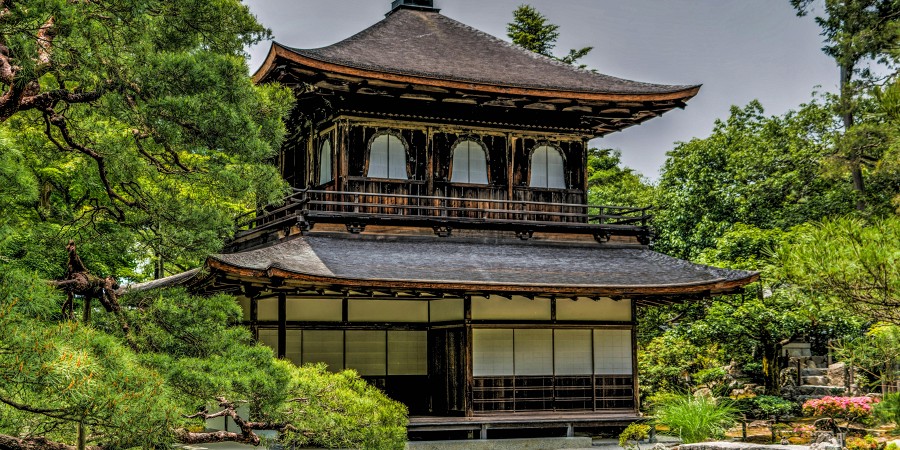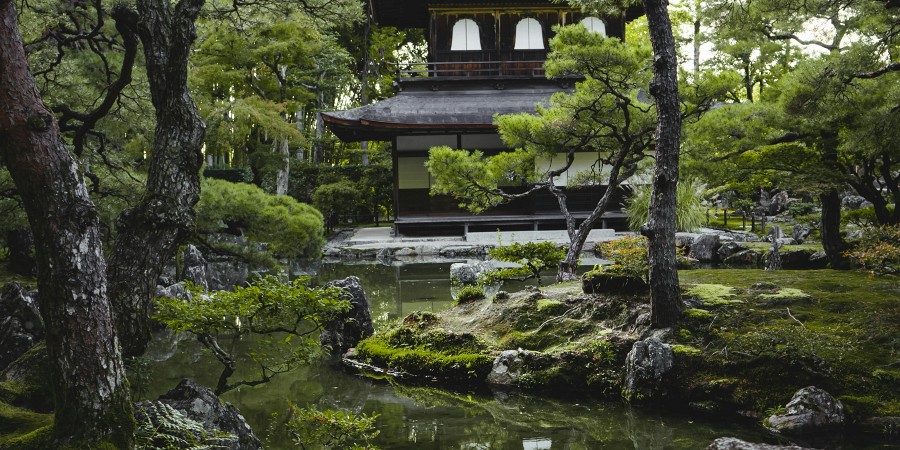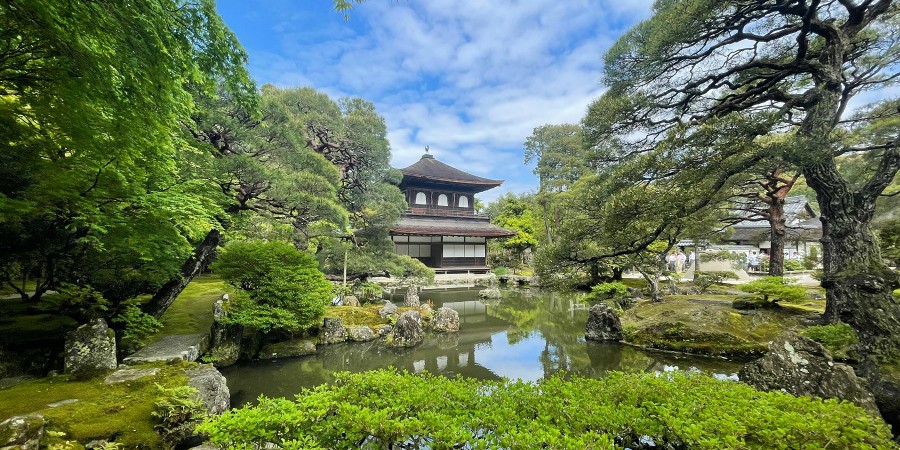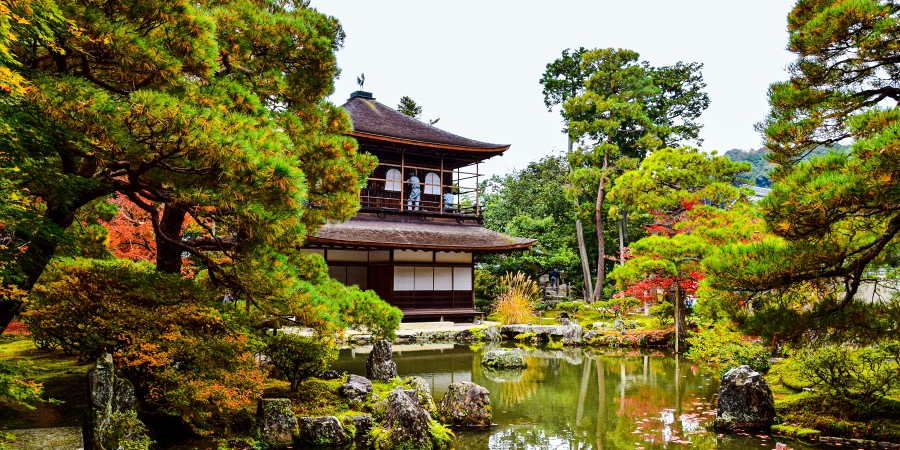16/06/2025
5 / 5
Discover the beauty and history of Ginkaku-ji, the Silver Pavilion in Kyoto. Learn about its stunning gardens, architecture, and cultural significance.

Ginkaku-ji, also known as the Silver Pavilion, is a Zen temple located in the picturesque city of Kyoto, Japan. Built in the late 15th century, this UNESCO World Heritage Site is renowned for its exquisite architecture and serene gardens.
Originally constructed as a retirement villa for the shogun Ashikaga Yoshimasa, Ginkaku-ji was later converted into a Zen temple. Although it was intended to be covered in silver leaf, the project was never completed, leading to its nickname, the Silver Pavilion.
The gardens of Ginkaku-ji are a masterpiece of Japanese landscape design, showcasing seasonal beauty throughout the year. Visitors can enjoy:
Ginkaku-ji is open to the public, and the experience is both enriching and tranquil. Here are some details for planning your visit:
Ginkaku-ji is not just a temple; it is a place of tranquility and beauty that captures the essence of Japanese culture. Whether you are a history buff, a nature lover, or simply seeking a peaceful retreat, Ginkaku-ji offers an unforgettable experience in the heart of Kyoto.





natacha art
5/5
Silver Pavilion and surrounding zen garden are probably the most beautiful and meditative place I visited in Japan. Formally named Kannonden, the pavilion's two stories are constructed in two different architecture styles and contain a statue of Kannon, the Buddhist goddess of mercy. However, the interior of the building is not open to the public. Despite its name, the Silver Pavilion was never covered in silver. Instead, it is believed that the name arose as a nickname more than a century after the building's construction to contrast it with the Golden Pavilion. Alternatively, it is explained that moon light reflecting on the building's dark exterior (which used to be covered in black lacquer) gave it a silvery appearance.
Peter Howell
5/5
Ginkaku-ji (officially Kannon-den), also known as the Silver Pavilion, is a serene and beautiful temple tucked into the foothills of Kyoto’s eastern mountains. While it was never actually covered in silver, the temple’s understated elegance and natural surroundings offer a quiet contrast to its more opulent counterpart, the Golden Pavilion (Kinkaku-ji). The real highlight here is the garden design, which is nothing short of masterful. The moss garden, winding stone paths, and meticulously raked white sand “Sea of Silver Sand” are peaceful and contemplative. The famous sand cone, said to represent Mt. Fuji, is one of the temple’s most iconic features. A short trail leads you up a small hill for lovely views over the grounds and Kyoto city beyond. The atmosphere is incredibly quiet, calming, and reflective, even when there are other visitors. It’s a place where you naturally slow down and appreciate the beauty of nature and simplicity. We enjoyed the experience immensely—it felt like a true escape from the busier parts of the city. If you’re already exploring the Philosopher’s Path or in the Higashiyama area, this temple is absolutely worth the visit. Highly recommended for those who appreciate gardens, architecture, and a moment of peace.
John Tsapekis
5/5
One of the most beautiful pagodas in Kyoto with most well-maintained garden which seemed fairy-tale like! A MUST go at Kyoto!
Average Rating: ⭐ 5/5
No spam – just travel inspiration.